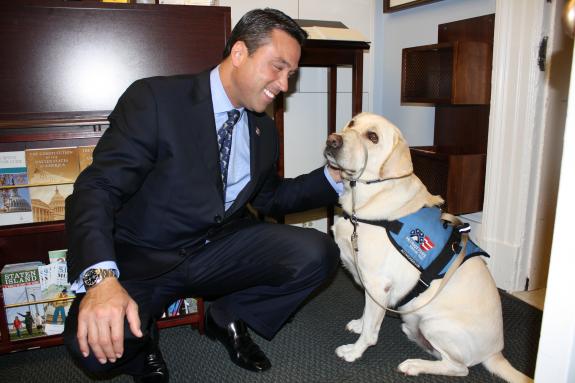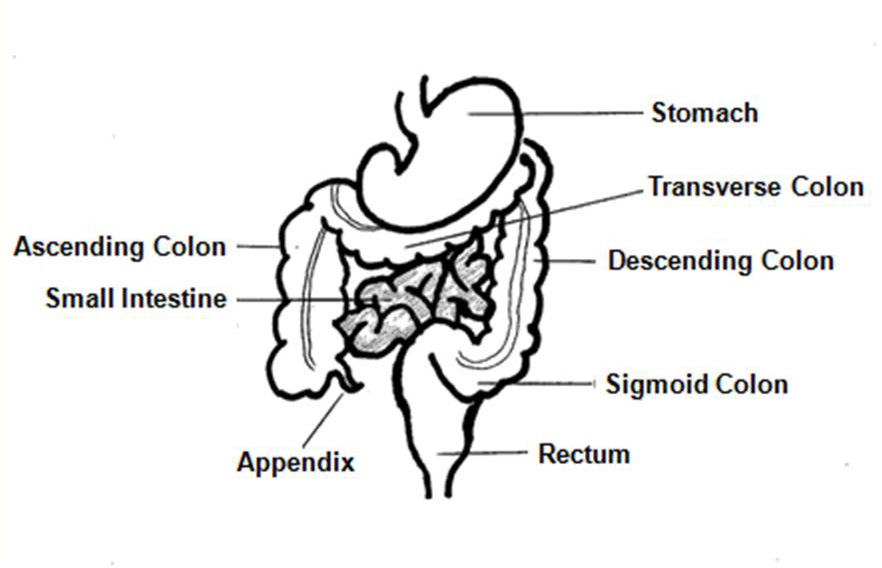The House of Representatives last week passed a bill introduced by NY Congressman Michael Grimm, himself a Marine veteran, that will help both dogs and servicemembers. The legislation establishes a pilot program in VA medical centers whereby veterans with PTSD will receive instruction in the handling and training of shelter dogs.
Abandoned dogs in animal shelters will therefore be saved from euthanasia, while veterans with PTSD receive beneficial therapy through training them. Once trained, the dogs will then become service animals for disabled veterans – thus providing a two-pronged approach to helping servicemembers in need.
d
f
d
PTSD
PTSD is a serious anxiety disorder that can arise as a consequence of exposure to situations such as a traumatic or life-threatening event. It is especially common in servicemembers returning home from combat deployments. Not everyone who experiences a traumatic event will develop PTSD, although it is not fully understood why some develop the condition but others don’t. While many sufferers will improve over time, about 1 in 3 people will continue to experience symptoms.
The severity of symptoms can vary between sufferers, but they can seriously interfere with everyday life, affecting work, social activities and relationships. Symptoms typically fall into four categories:
d
- Re-living the experience: This typically occurs when something happens to trigger memories of the traumatic event, often causing flashbacks.
- Avoidance of situations: Some people may avoid dealing with the emotions of the traumatic event by avoiding anything that reminds them of it.
- Numbness: Sufferers may no longer have positive or affectionate feelings, and may report a general feeling of numbness.
- Feeling Keyed-Up: Sufferers often describe feeling constantly jittery or on alert.
d
Although medications can be useful to help combat PTSD, counseling therapies tend to be most effective, especially cognitive behavioral therapy. With veteran suicide rates currently high, and increasing numbers of servicemembers returning from deployment with symptoms of PTSD, this bill meets an important need for additional treatment options.
Grimm remarked: “As a veteran, and an American, I am thrilled that this legislation has passed the House, and I urge my colleagues in the Senate to pass it without delay, so that it can be signed into law and allow us to begin providing assistance to our returning veterans.”
All in all a win-win solution that will help homeless dogs and support our deserving veterans.
Isn’t that the least we can offer?
d
d
Image Credit Website Of US Congressman Michael Grimm
f










Follow Me!